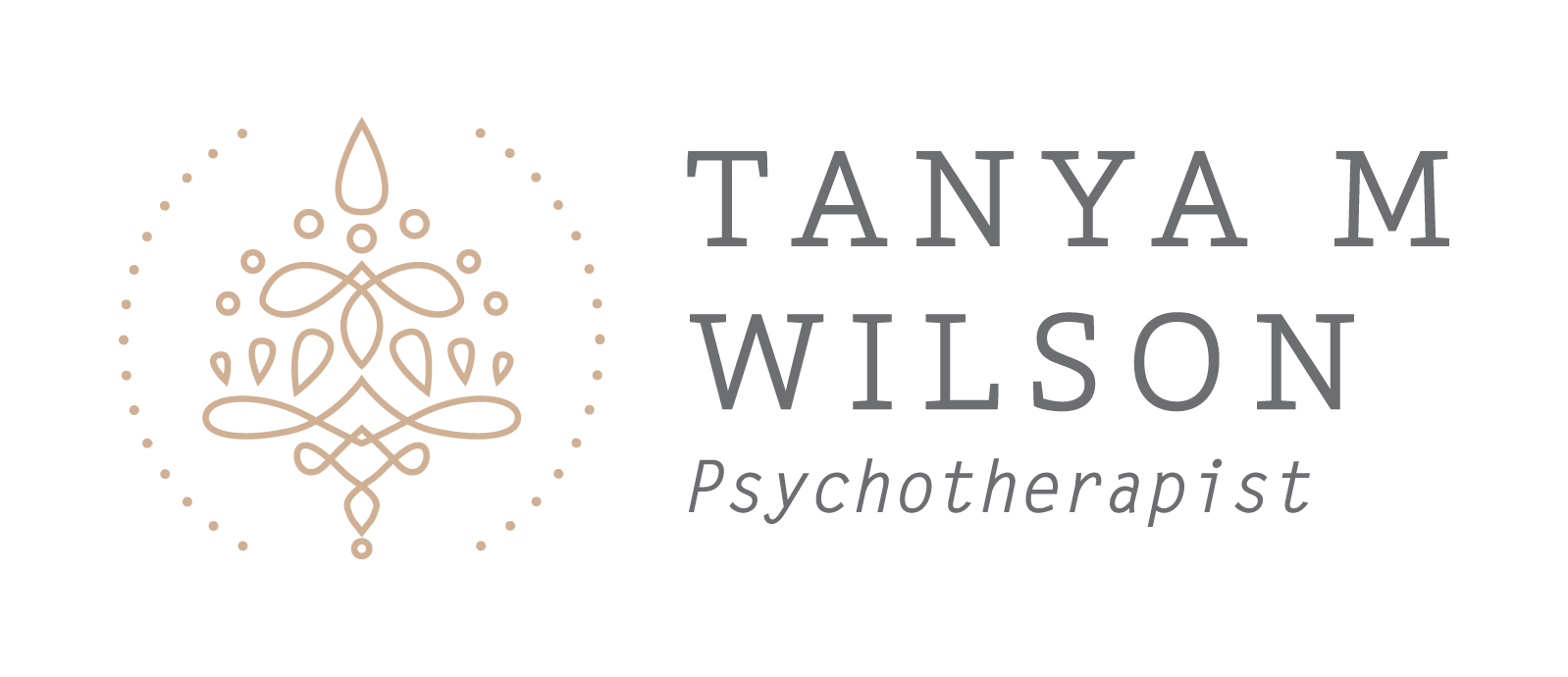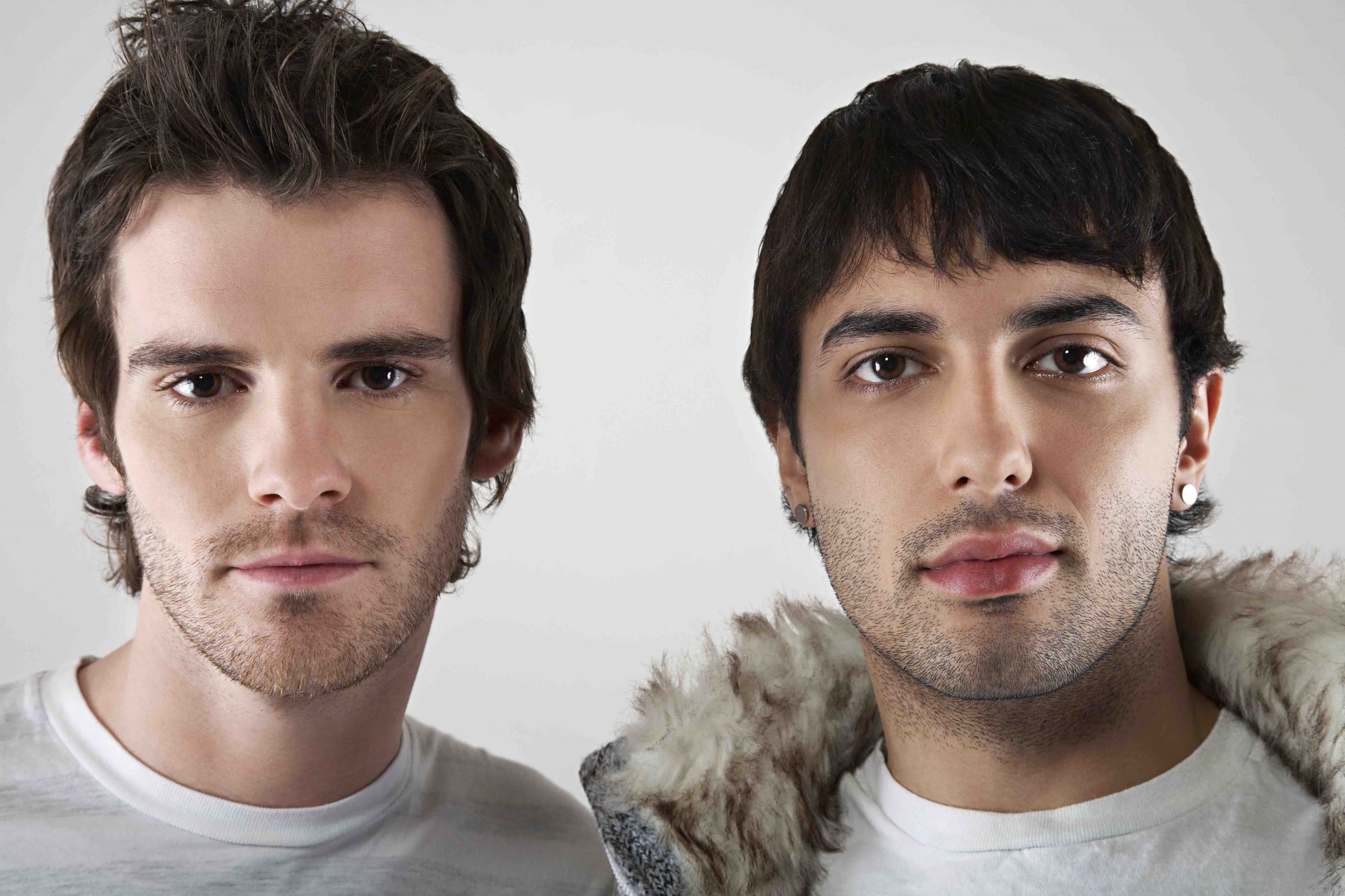Often when I have someone in my practice who identifies as LGBTQIA and undertaking same sex relationship counselling, they may be seeking understanding about how their partner’s behaviour affects them. Sometimes behaviour can be abusive and the client will put it down to being part of the LGBTQIA community. For example, I commonly hear ‘oh that is just what happens in the gay community.’ Or ‘this is what you have to put up with being a gay man/lesbian.’

But the truth is, there’s no excuse for abusive, toxic or manipulative behaviour, no matter your sexual preference or who you’re in a relationship with. Review my posts on toxic behaviour to see if you identify with any of the experiences that I discuss.

When we peel back the layers during a same sex relationship counselling session and the client can identify the behaviour of a partner as abusive, manipulative or neglectful, it overrides the person’s sexual identity and becomes a human problem. With clarity, it becomes ‘I am dealing with another human who is abusive towards me, or neglects me’ rather than ‘this is what happens in our community.’ Abuse, neglect or manipulation are never acceptable. Even if it seems that behaviours of this kind can be normalised in certain communities.
Abuse, neglect or manipulation are never acceptable. Even if it seems that behaviours of this kind can be normalised in certain communities.
A healthy LGBTQIA couple will not excuse the actions of the other because of a social norm and will esteem themselves and each other by setting and maintaining healthy boundaries for themselves and the relationship. You can’t expect your boundaries to be the same as other peoples, so boundaries need to be spoken about at the start of a relationship, rather than just assumed and any incongruencies sorted through, so there can be respect and equality.
These boundaries can include physical and emotional and even include digital boundaries.
The boundary setting phase is a great opportunity to work out and let the other know what behaviours you will and will not accept and give yourself complete permission to voice these boundaries and where you stand within them.

It’s important that your boundaries are communicated and respected for the relationship to be healthy. Each party should feel comfortable enough to share their needs, wants and desires without shaming, fear of judgement or without one person lashing out with poor behaviour.
It’s most important to note that you can absolutely have a healthy relationship, no matter how old you are or who you are in a relationship with. Even if this is your first gay relationship.
It may not surprise you that a lot of relationships succeed and are healthy through effective communication. And this is an area that can be worked on by anyone, no matter what type of relationship they are in.
Briefly, a good communication tactic in a healthy LGBTQIA relationship is to ‘…speak to communicate, listen to learn, and validate what you think you heard.’ And try not to make assumptions about what the other has said!
In my counselling practice, I see many LGBTQIA couples and individuals and am sensitive to the varying needs of these clients. I encourage you to book a same sex relationship counselling session now.


